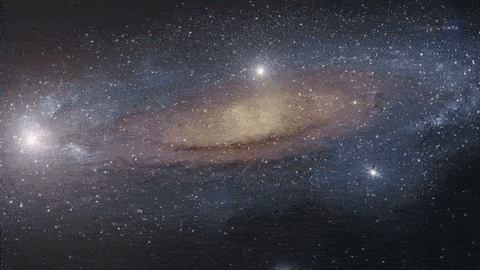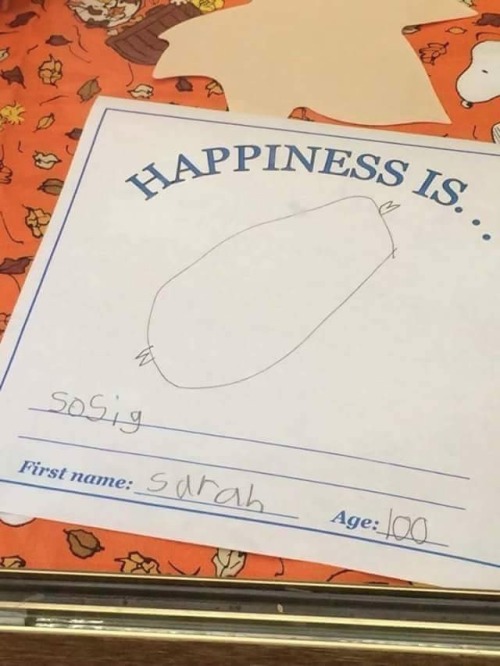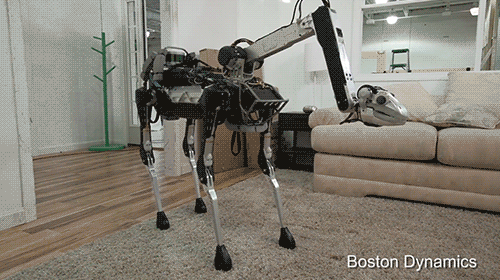“if You’re So Stressed Out From School Why Don’t You Just Study More Or Take Fewer Classes??”
“if you’re so stressed out from school why don’t you just study more or take fewer classes??”

More Posts from Youaurendenial and Others
The James Webb Space Telescope: A Story of Art & Science

Artists of all kinds were invited to apply for the chance to visit our Goddard Space Flight Center to be inspired by the giant, golden, fully-assembled James Webb Space Telescope mirror.

Art/Photo Credit: Jedidiah Dore
Webb has a mirror that is nearly 22 feet high and (to optimize it for infrared observations) is covered in a microscopic layer of actual gold.

Art/Photo Credit: Susan Lin
Because of Webb’s visually striking appearance, the project hosted a special viewing event on Wednesday, Nov. 2, 2016.

Photo Credit: Maggie Masetti
There was an overwhelming response to the event invitation and ultimately twenty-four people were selected to attend. They represented a broad range of artistic media and styles, including: watercolor, 3D printed sculpture, silk screening, acrylics, sumi-e (East Asian brush technique), comics, letterpress, woodwork, metalwork, jewelry making, fiber art, ink, mural painting, kite-making, tattooing, scientific illustration, poetry, songwriting, and video making.

Art/Photo Credit: Sue Reno
Project scientists and engineers spoke with visitors to give context to what they were seeing and explain why Webb is an engineering marvel, and how it will change our view of the universe.

Among other things, Webb will see the first stars and galaxies that formed in the early universe and help us to better understand how planetary systems form and evolve. It will help us answer questions about who we, as humans, are and where we came from.

Art Credit: Jessica Lee Photo Credit: Maggie Masetti
The artists spent several hours sitting right in front of the telescope, where they sketched, painted, took photos and even filmed a music video.

Art Credit: Joanna Barnum Photo Credit: Maggie Masetti
While some of the pieces of art are finished, most of the artists went home with their heads full of ideas and sketchbooks full of notes. Stay tuned for more info on where you can see their final works displayed!

Art/Photo Credit: Susan Lin
Finished art from the event continues to be added HERE.
The James Webb Space Telescope is finishing environmental testing at our Goddard Space Flight Center in Greenbelt, Maryland. Next it will head to our Johnson Space Center in Houston for an end-to-end test at cryogenic temperatures. After that, it goes to Northrop Grumman to be mated with the giant tennis court-sized sunshield and the spacecraft bus. The observatory will launch in October of 2018 from a European Space Agency (ESA) launch site in French Guiana, aboard an Ariane 5 rocket. Webb is a collaboration of NASA, ESA, and the Canadian Space Agency (CSA).
Follow Webb on Facebook, Twitter and Instagram.
Make sure to follow us on Tumblr for your regular dose of space: http://nasa.tumblr.com
10 “Out of This World" Facts About the James Webb Space Telescope
Wouldn’t it be neat to see a period of the universe’s history that we’ve never seen before? That’s exactly what the James Webb Space Telescope (JWST) will be able to do…plus more!

Specifically, Webb will see the first objects that formed as the universe cooled down after the Big Bang. We don’t know exactly when the universe made the first stars and galaxies – or how for that matter. That is what we are building Webb to help answer.
Here are 10 awesome facts about this next generation space telescope:
1. The James Webb Space Telescope is the world’s largest and next premier space observatory. It will extend the discoveries of the Hubble Space telescope and observe the birthplaces of stars, galaxies, planets and life over billions of years.

2. It is named after James Webb, NASA’s second administrator and champion of our science.

3. At 3 stories high and the size of a tennis court, it will be 100 times more powerful than Hubble!

4. It is so big that it has to fold origami-style to fit in the rocket, which is only 5.4 meters wide…And then it will unfurl, segment by segment, once in space.

5. The telescope will observe infrared light with unprecedented sensitivity. It will see the first galaxies born after the Big Bang over 13.5 billion years ago.

6. Webb’s infrared cameras are so sensitive they must be shielded from light from the sun, Earth, and moon. The 5-layer sunshield is like having sunblock of SPF 1 million.

7. Webb will orbit the sun 1 million miles from Earth, where the telescope will operate at temperatures below -390 F (-235 C).

8. Webb’s mirrors are coated with a super thin layer of gold only about 1000 atoms thick to optimize their reflectivity in the infrared.

9. Webb will launch from French Guiana in 2018. It is launched near the equator because the faster spin of Earth there gives the rocket an extra push.

10. Webb is an international mission, with contributions from the European Space Agency and Canadian Space Agency. Once operational, scientists from all over the world will be able to use Webb to explore our solar system, planets outside our solar system, stars and galaxies.

Make sure to follow us on Tumblr for your regular dose of space: http://nasa.tumblr.com


And still no potato. Is Latvian life.

You suck Brett.



We waited two years, and god damn was it worth it. Thank you Vinny.
-
 bisexual-mess liked this · 1 month ago
bisexual-mess liked this · 1 month ago -
 savannahream reblogged this · 2 months ago
savannahream reblogged this · 2 months ago -
 walterwhitesbussyhair liked this · 3 months ago
walterwhitesbussyhair liked this · 3 months ago -
 study-forever-and-evermore reblogged this · 3 months ago
study-forever-and-evermore reblogged this · 3 months ago -
 sassywitchprincess reblogged this · 5 months ago
sassywitchprincess reblogged this · 5 months ago -
 sassywitchprincess liked this · 5 months ago
sassywitchprincess liked this · 5 months ago -
 annaclgil liked this · 6 months ago
annaclgil liked this · 6 months ago -
 b-sideheart reblogged this · 8 months ago
b-sideheart reblogged this · 8 months ago -
 b-sideheart liked this · 8 months ago
b-sideheart liked this · 8 months ago -
 cyanideespresso reblogged this · 11 months ago
cyanideespresso reblogged this · 11 months ago -
 qualitystrangetrash liked this · 1 year ago
qualitystrangetrash liked this · 1 year ago -
 dapper-hydra liked this · 1 year ago
dapper-hydra liked this · 1 year ago -
 technicolorshow liked this · 1 year ago
technicolorshow liked this · 1 year ago -
 warm-mangoes-with-chai reblogged this · 1 year ago
warm-mangoes-with-chai reblogged this · 1 year ago -
 grimalimledort liked this · 1 year ago
grimalimledort liked this · 1 year ago -
 gamelpar liked this · 1 year ago
gamelpar liked this · 1 year ago -
 harhroportcon liked this · 1 year ago
harhroportcon liked this · 1 year ago -
 reirineti liked this · 1 year ago
reirineti liked this · 1 year ago -
 kimmy-banana reblogged this · 1 year ago
kimmy-banana reblogged this · 1 year ago -
 groovytemi liked this · 1 year ago
groovytemi liked this · 1 year ago
